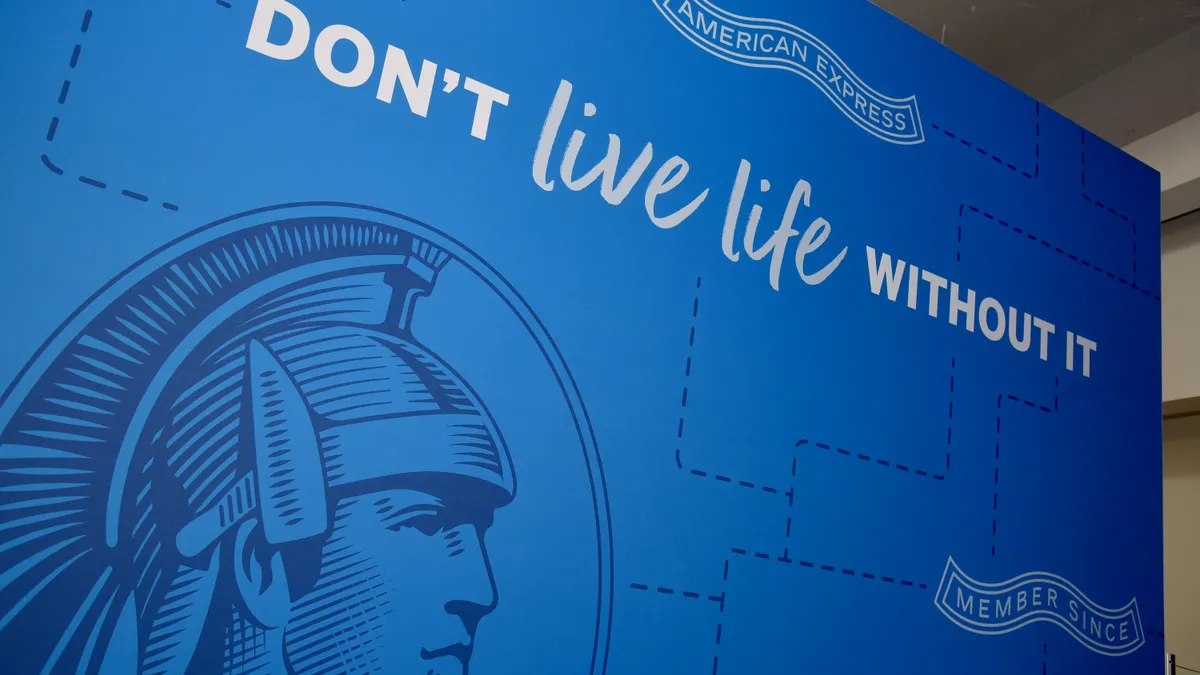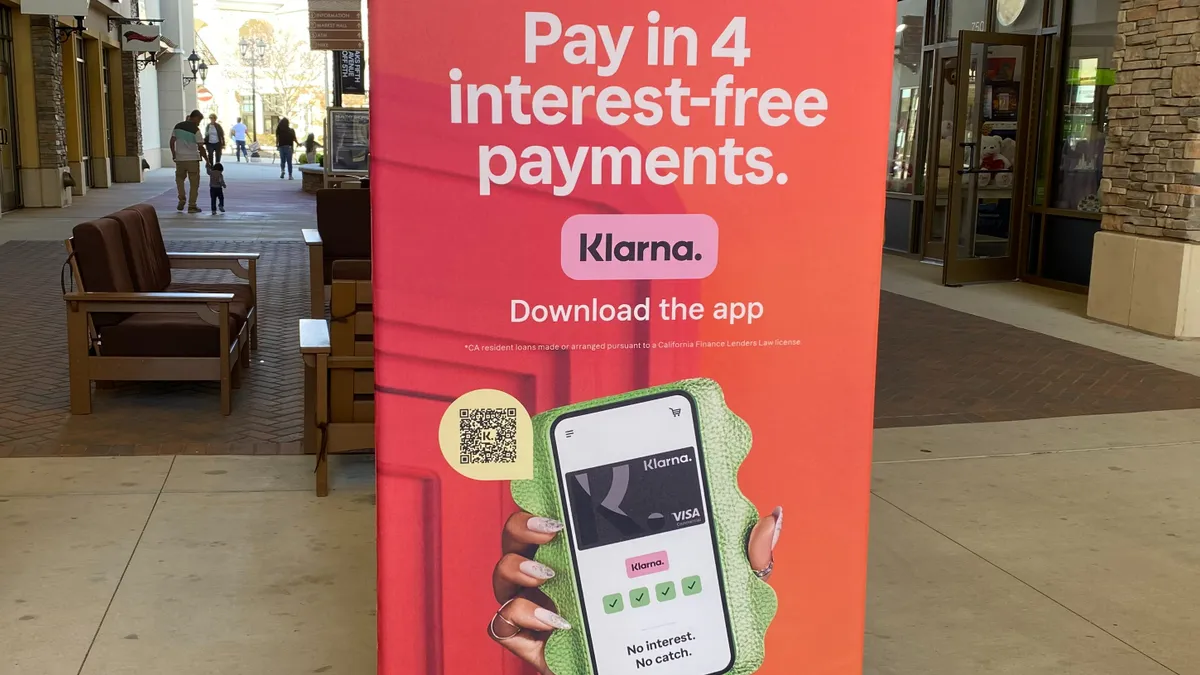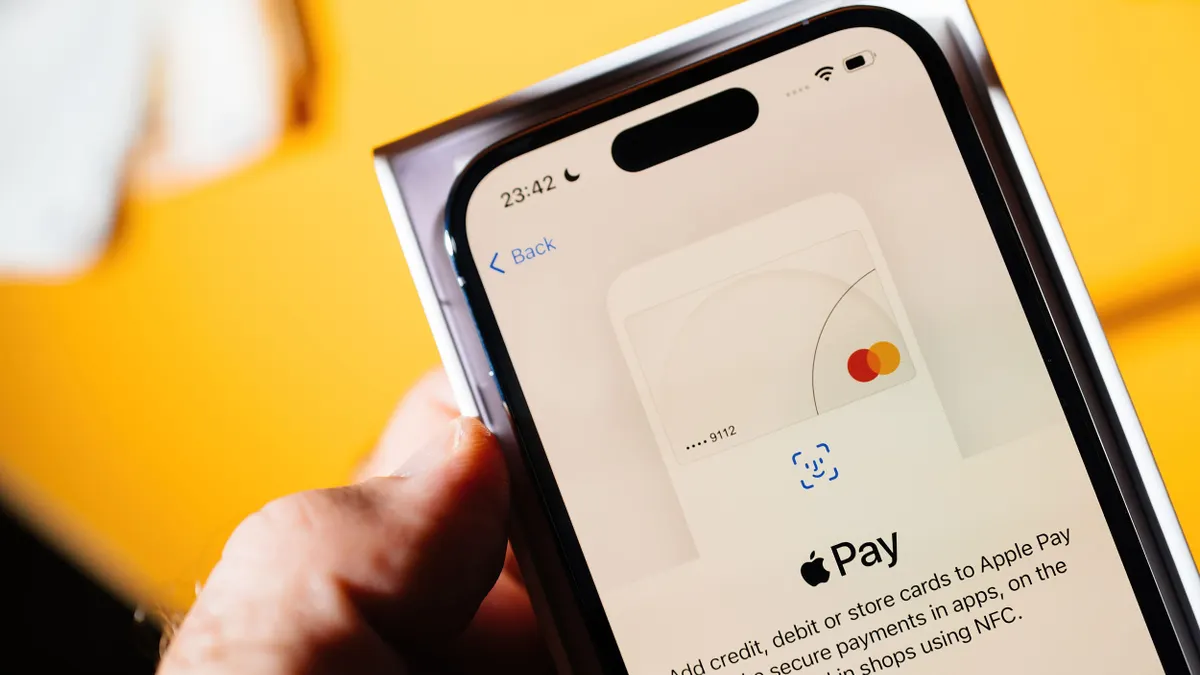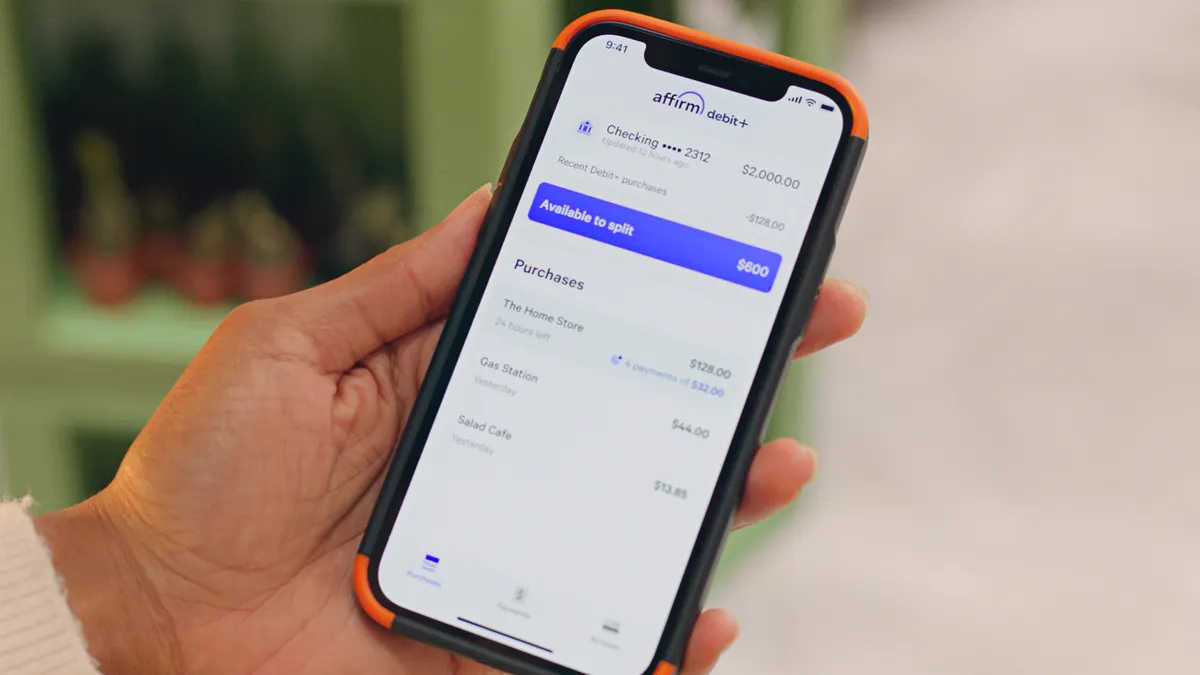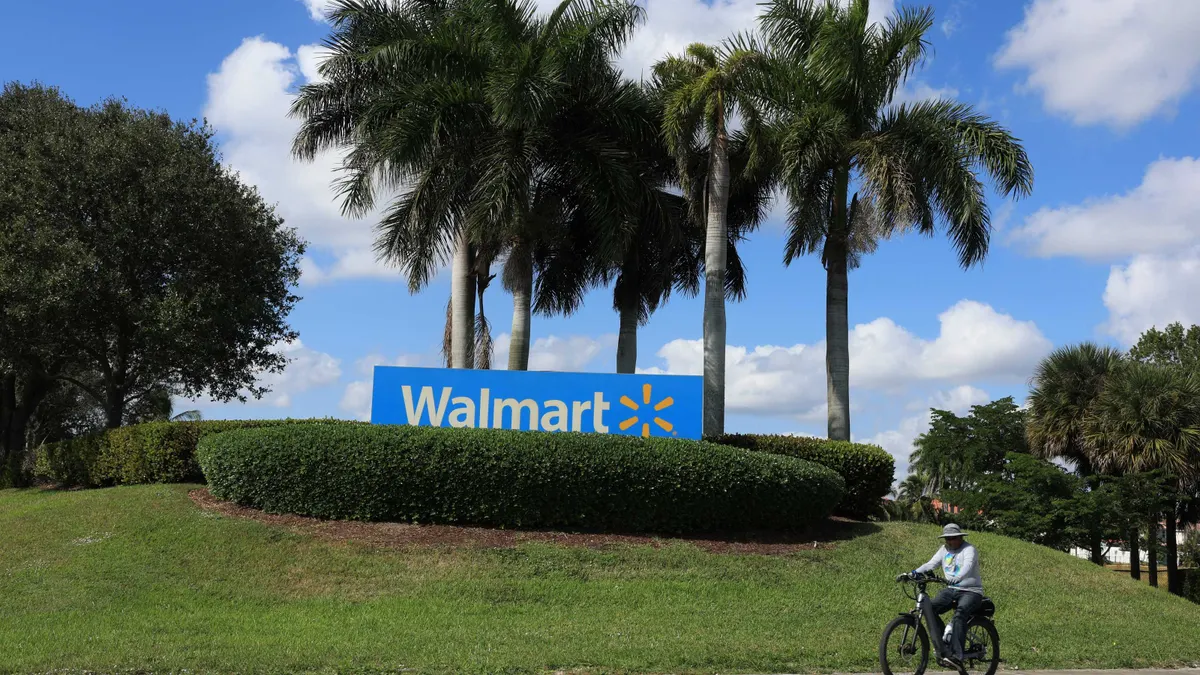Emerging from the Great Recession, American Express was at a crossroads.
Executives were debating whether to knock down connotations of exclusivity by serving a broader consumer base, or double down on the premium card space and remain more exclusive.
Betting on its aspirational distinction, Amex opted for the latter, focusing on the notion “that if we put value in our value propositions, then our premium consumers will pay for that value,” Amex Chief Financial Officer Jeff Campbell said Feb. 15 at the Bank of America financial services conference.
The next challenge: Step up efforts to attract younger generations. “When you’re looking to grow a business, you probably don’t want to grow it with people 60 and over,” said Brian Riley, co-head of payments at Javelin Strategy & Research.
New York-based Amex sought to rejuvenate card benefits and digital capabilities, along with marketing and brand positioning. With card revamps, however, come higher fees: After a 2021 refresh, the company’s platinum card now carries an annual fee of $695.
Despite that price tag, about 70% of Amex’s new cardholders last year acquired premium cards, which includes any of its cards that come with an annual fee. Millennial and Gen Z consumers made up three-quarters of that new group — a larger share than the company has seen in the last two decades, Campbell said.
Fending off the competition
Compared to rivals, the platinum card’s complex array of fee credits has been compared to a coupon book, said credit card consultant Jason Steele. Amex could risk making its value proposition “too difficult to realize,” he said.
Comparable cards include Chase’s Sapphire Reserve card or Capital One’s Venture X Rewards card.
If Amex expects to attract younger consumers, it will need to demonstrate how its card benefits are valuable in their eyes and simple to access, consultants and analysts said.
To some degree, rivals have begun to put pressure on Amex’s premium corner of the market. “For a period of time, there was a perception that it was an aging brand,” said Goldman Sachs Analyst Ryan Nash.
While Amex doesn’t disclose the share breakdown of its cards, and such statistics weren’t available for other card companies either, there are data points that provide insights on cardholder demographics.
In the fourth quarter of last year, millennial and Gen Z customers were responsible for 30% of billed business in Amex's consumer division, compared to Gen X generating 37% and baby boomers and older driving 33%, according to the company’s fourth-quarter earnings presentation.
Millennials were born between 1981 and 1996, meaning they’re mainly in their 30s, while Generation Z refers to younger adults born after 1996, who are under 27 years old, according to Pew Research Center.
Amex’s platinum card is its priciest with the nearly $700 annual fee, while the gold card comes with a $250 annual fee and its green card is $150 annually. The company also has co-branded cards that come with annual fees.
Strategy shift
In the past, Amex employed a “low and grow” strategy, bringing on young customers with no-fee products and tightly controlled credit lines, and moving them to fee-bearing cards over time. Realizing it was leaving money on the table, the company changed its approach several years ago, opening up premium cards to younger customers.
That shift was indicative of Amex “waking up and realizing we can pivot our value proposition and do a better job,” Campbell said during that recent conference appearance. Amex declined to make an executive available for an interview on the topic.
The company is pushing its aspirational connotation with younger generations. In one recent Amex commercial, a young woman trades a greasy spoon for finer dining, takes her parents to a Broadway show and opts for a Caribbean vacation over a Florida beach.
The ad closes with the narrator asserting, “With Amex, it’s never a question of if you’re going to level up. It’s when.”
Another Amex ad spot taps into younger generations’ “fear of missing out,” featuring vignettes of 20- and 30-somethings talking about their one-of-a-kind experiences at concerts, on trips or in restaurants. “Face it, you had to be there,” a woman says. “You really missed out, ‘cause we had the best time of our lives.”
The company is building on that sentiment with its referral program, offering customers incentives for getting friends to sign up for cards. It’s become one of Amex’s largest sources of new customers. Younger cardholders who’ve referred friends tend to become more dedicated users themselves, Campbell noted.
The company has also turned to the social media platform TikTok, where influencer-types break down card perks. Amex has “done a really good job in taking the marketing budget to places where the customer is and where the customer is engaging,” Nash said.
Dangling card benefits
Compared to older generations, digitally savvy millennial and Gen Z customers tend to be more engaged with the host of card benefits they’re getting. “That’s how they get comfortable that this is a very good economic proposition for them,” Campbell said Feb. 28 during the KBW Fintech and Payments Conference.
Consumer awareness of points and perks has exploded as those generations have matured, and many younger consumers have latched onto the ability to maximize rewards offerings.
Amex benefits such as access to an exclusive airport lounge “are a little bit hard to put a price on,” said Bank of America Securities Analyst Mihir Bhatia. That cache has helped the company draw in younger affluent consumers.
Besides the travel-related perks Amex is known for, such as hotel credits, its cards come with streaming service or Grubhub credits.
The card company’s customer base is enticing to merchant partners who want access to those consumers, and those partners help fund the value proposition for Amex. The company considers not only which partners want access to its customers, but which partners would be of most interest to younger generations, Campbell said.
Some platinum card benefits, such as credits for ride share company Uber or fitness brand Equinox, probably hold more allure for younger consumers, while older cardholders might be more interested in a Saks Fifth Avenue credit, Steele noted. “Not everyone's going to use all these benefits, but in the end, is the consumer going to feel like they've got their $695 worth?” he said.
‘Long, long runway’
Even as the company touts its millennial and Gen Z acquisitions, those signing on for its priciest cards are a small subset. Amex has about 70 million proprietary cards in circulation, of which 70% are fee-bearing cards. Platinum and gold make up less than 10% of that, Nash estimated.
Of the approximately three million customers Amex acquired last quarter, about 100,000 to 150,000 millennials and Gen Zers signed on for platinum or gold cards, Nash calculated.
The company is counting on continued uptake with younger generations to fuel its own aspirations. Amex’s card fee revenue jumped 25% last quarter, and “there’s a long, long runway for it to continue to be one of our fastest-growing revenue lines,” Campbell said.
In targeting double-digit revenue growth for the next decade, Amex likely expects to raise card fees $75 to $100 every three to five years, Nash said.
That bet, however, requires a sharp focus on creative ways to draw in millennial and Gen Z consumers. It also requires boosting the amount they’re willing to pay for perks.
“We have a strong bit of historical experience that tells us we can keep moving prices up,” Campbell said.
Even if those consumers are willing to pay, there’s “some market hesitation” around Amex’s strategy with regard to younger generations, Nash noted. The new generation may disappoint the company in the end.
As inflation and rising interest rates stress consumers, Amex will be testing whether some of the young consumers, with untested credit histories, live up to its expectations, Nash said.


